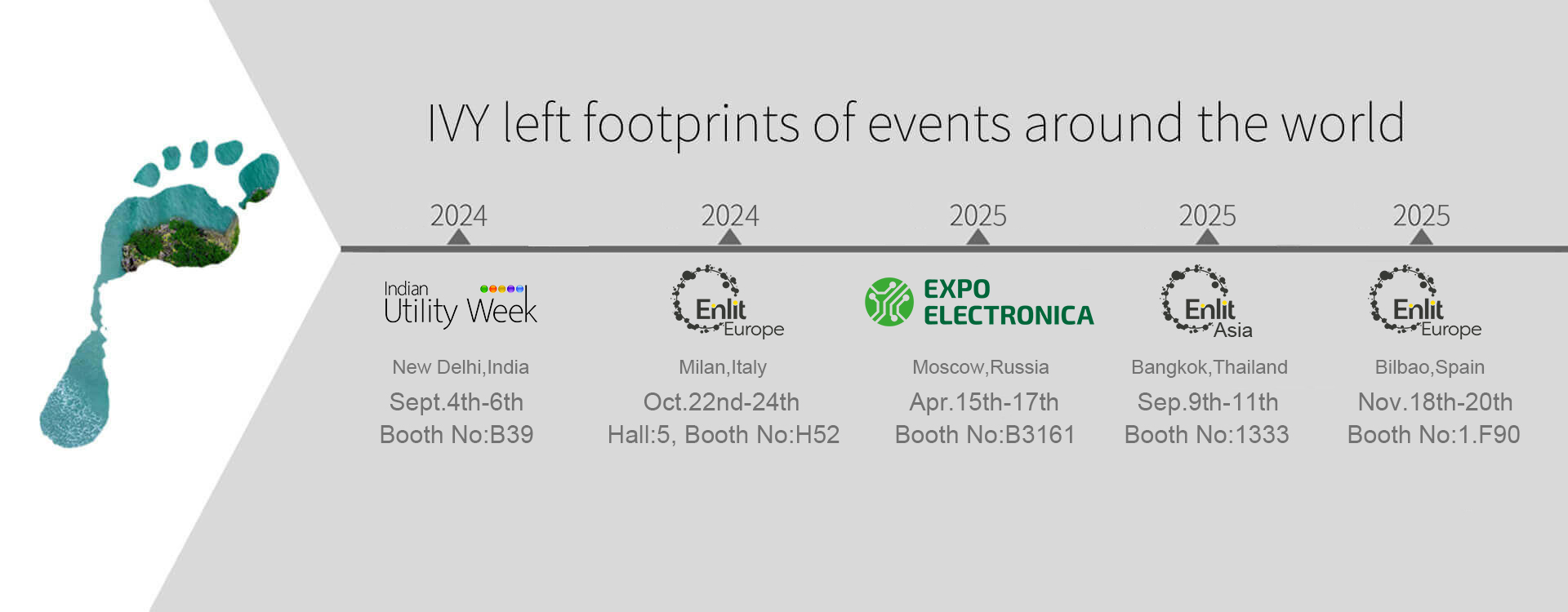Magnetic latching relays and non-magnetic latching relays
We have written about the application of relays in charging piles before, and we have roughly understood the importance of relays. As for the application scenarios of relays, please visit Ivy's website https://www.ivy-metering.com/ for more information about relays! So today, again, we're looking at more dimensions around relays. Our relays are divided into latching relays and non-latching relays, and latching relays are divided into self-latching relays, namely motor relays, and magnetic latching relays. Our non-holding relay is the power relay of WJ series.
As for the magnetic latching relay, we have discussed it before, and here we will briefly introduce it to you again: as a kind of relay, the magnetic latching relay is also an automatic switch, which plays the role of automatic switching on and off the circuit. The difference is that the normally closed and normally open function of the magnetic latching relay is completely dependent on the role of the permanent magnetic steel, and the switching state of the relay is completed by the triggering of a certain amount of pulse electrical signals. Therefore, it has the characteristics of energy-saving, stable performance, small size and large carrying capacity, and superior performance than the general electromagnetic relay. As for the motor relay, you can also learn more about it through our official website.
Today we will focus on the non-magnetic latching relays, namely power relays. Power relay is a kind of device that can produce jump in one or more electrical output circuits when the input quantity meets some specified conditions. It serves as the direction element of zero sequence current protection. The action process of contact can be divided into two parts: contact connection and contact disconnection, that is, the pull and release process of relay. They cycle switch at a certain frequency to form contact disconnection and connection phenomenon. The action process of contact can be divided into two parts: contact connection and contact disconnection, that is, the pull and release process of relay. They cycle switch at a certain frequency to form contact disconnection and closure phenomenon. In the process of contact closure and disconnection, there are many special physical and chemical phenomena, such as contact resistance, contact jitter and arc.
The performance of power relays(especially Wanjia Star brand ) in the industry is praised by everyone. Attention to the use of non-magnetic latching relay scenarios include: "distribution cabinet, voltage regulator, capacitor compensation cabinet, over-voltage and under-voltage protector, power converter, motor, fire pump, fire elevator smoke prevention and exhaust machine, emergency lighting, etc. In the past few years WJ with world famous manufacturer of repeater has established good relations of cooperation, the products are sold well in the domestic market, products with high quality and good technical services, competitive prices, has been exported to Pakistan, India, the Middle East, the United States, Argentina IVY provides high-quality products and high-level services to domestic and foreign customers.
The above is the introduction of magnetic latching relay and non-magnetic latching relay. For more information, we cordially invite you to visit our website. https://www.ivy-metering.com/












